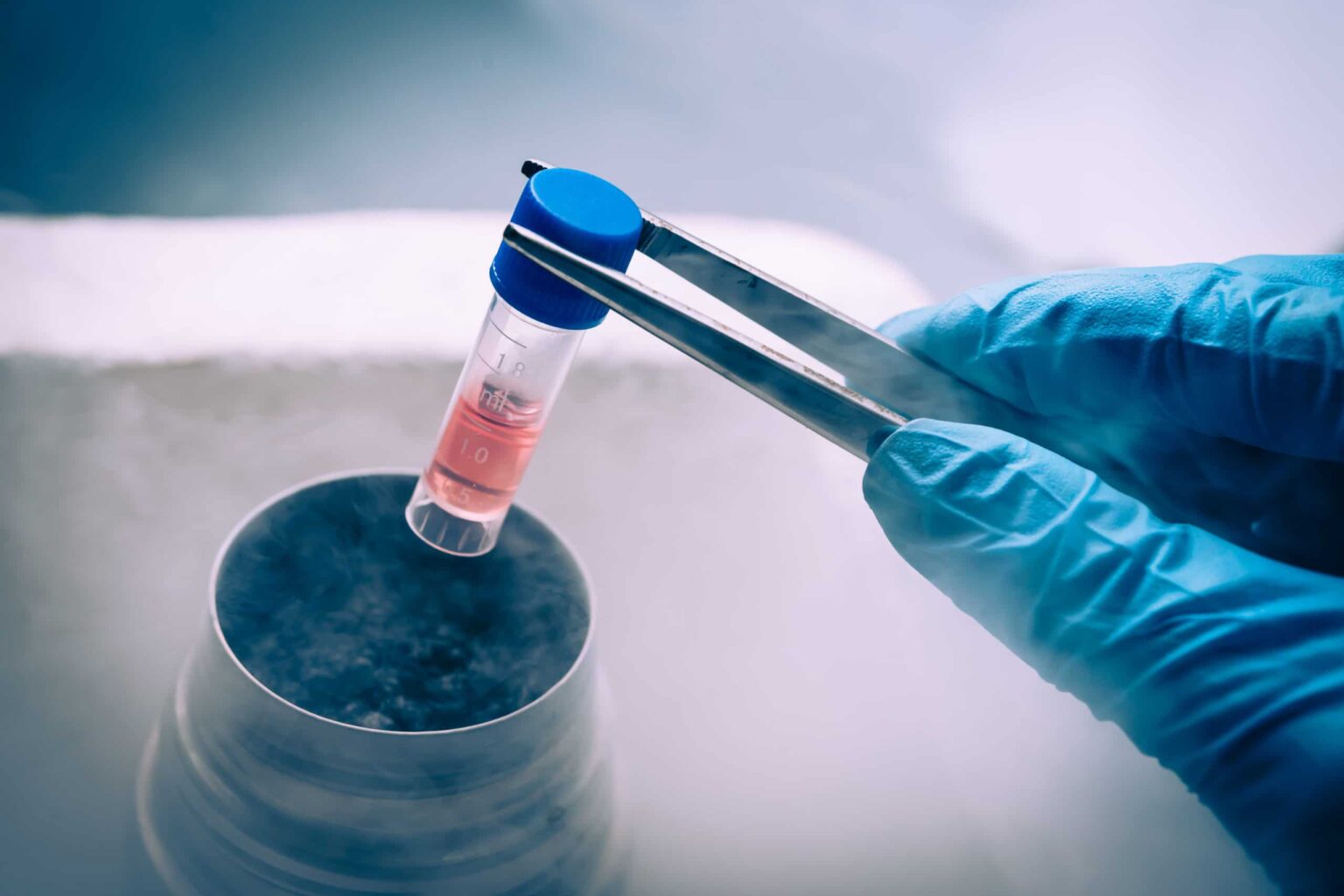When it comes to actual research, and research done on the academic level and research done in clinical trials, to date there are 1.1 million papers written on mesenchymal stem cells. [3:30]
We call them MSCs for short. If you were to think about MSCs as a potential drug target, I’m pretty sure that there is no drug target out there with that kind of following, with that tremendous amount of research base behind it. But then if you translate it to where we are today with clinical trials—on clinicaltrials.gov, just in the United States alone, there are 562 active trials using stem cells.
Results from a trial for rheumatoid arthritis that Hope Biosciences’ conducted could have tremendous implications for COVID-19 cases.
[12:00]
We took rheumatoid arthritis to clinic with 15 patients. FDA has said, you can only give one infusion to these patients because you’ve not done this before. You’re going to give one infusion and then we’re going to see what happens. What we found—that was very surprising to me—was even in a single infusion, we saw a tremendous decrease in overall inflammation in these patients. One of the markers for that is c-reactive protein. We saw that early on, in COVID cases, the c-reactive protein was extremely high in patients.
Initially, we just thought could our cells have an impact? If it did it on rheumatoid arthritis, why couldn’t it have an impact on COVID-19? I’m the first to tell you I have no idea. It’s not a proven hypothesis because no one has actually tackled it yet. But I thought it’s scientifically sound. It’s a good question that we should try and get answered, and we should move to clinic quickly.
What’s holding you back from moving as fast as you want to move in terms of getting studies up and running? [19:00]
It’s so many things. The centralized models. It’s just not conducive to moving quickly. It’s like the polar opposite. You’re dealing with hospital bureaucracy, labs, data management, and validating your data management. All of these things and the steps you have to take.
We haven’t taken shortcuts in anything because, in order to make sure that your data is valid, you have to go through all these steps. We’ve learned, over the past few years and running enough trials, that we have a good idea of how we can shorten some timelines. I think technology is a big factor in that. Leveraging existing technology and getting partners. Finding the right partners—in our case with Medrio– that are in for the ride and going to move with you. All of that is so critical to making this happen.
20% of frontline healthcare workers are getting COVID-19 from patients. Hope Bioscience is working on a solution for them by taking an allogeneic approach. [23:00]
Allogeneic means using a donor source. We’re going to use donor stem cells, and we do a whole gamut of testing to make sure they’re clear, and often we can use them for production of the therapy. We use a donor cell source and we’re able to immunize. I hate using the word immunize because it’s not really that, but we’re giving the stem cells in advance to hopefully increase their immune systems to help them be able to fight off this virus.
What do you see happening in the future? In five years or ten years from now, what’s the stem cell world going to look like? [30:00]
I really hope that the discussion can move towards prevention. That’s where we really need to be. If you look at the entire disease life cycle, even where we are right now with COVID, we’re dealing with the tail end. It’s after you’re symptomatic, you’re in the hospital, and you’re perhaps on a ventilator, that’s what we’re dealing with. It’s just not an effective way to treat any disease because it’s a lot easier to prevent something than it is to treat something.
But it’s really hard to change that mindset because everything we know about medicine has been pretty much with treating what’s bothering you. After all, that’s when you go to the doctor. When your condition finally does something to bother you enough to go there. We have to change this. And I hope that in the next 5-10 years, we’re going to see a steady movement towards preventing these sorts of conditions because the outcome can be really great.
